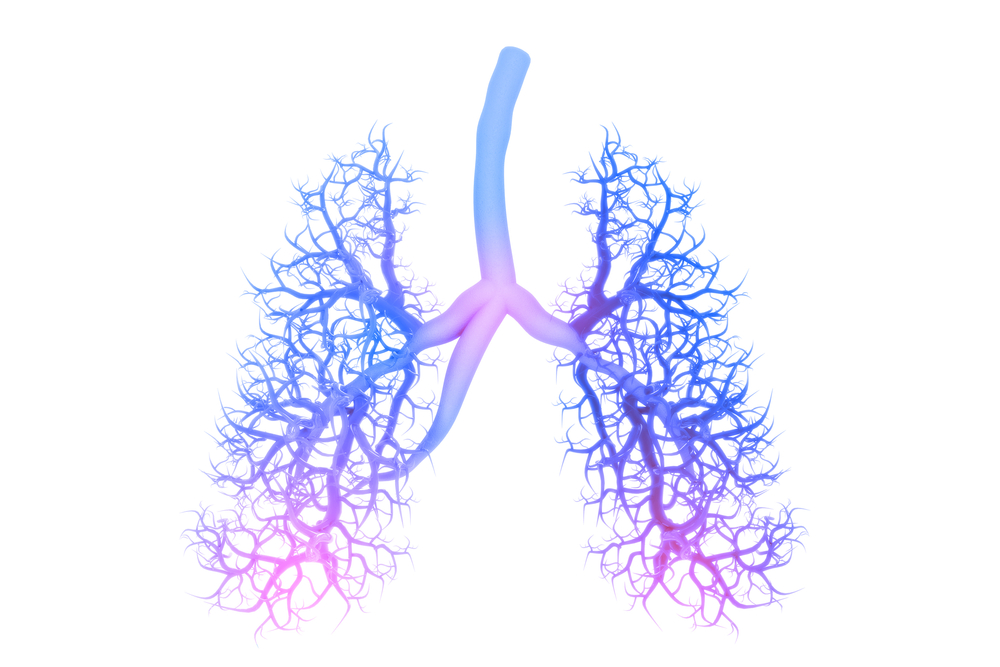Letairis Fails To Lower PH, But Improves Cardiac Function, Blood Flow in Scleroderma, Phase 2 Trial Shows

Treatment with Letairis (ambrisentan) failed to significantly reduce pulmonary blood pressure at rest and during exercise compared with a placebo in people with scleroderma and mild pulmonary hypertension (PH), a Phase 2 trial showed.
However, the therapy improved cardiac function and blood flow in the lungs — indicating a possible benefit to be explored in future trials.
The research, “Early treatment with ambrisentan of mildly elevated mean pulmonary arterial pressure associated with systemic sclerosis: a randomized, controlled, double-blind, parallel group study (EDITA study),” appeared in the journal Arthritis Research & Therapy.
Elevated blood pressure in the lungs can be a serious complication of scleroderma, as it is associated with worse prognosis and impaired exercise capacity.
Letairis is an approved medication for pulmonary arterial hypertension, but data on its use in mild or exercise-related PH — or in PH associated with scleroderma — are still lacking.
This trial (NCT02290613) included 38 people with scleroderma (30 women, mean age 56.8 years) and was designed primarily to assess whether early treatment with Letairis may prevent worsening of mildly increased mean pulmonary arterial pressure (mPAP) and exercise-related PH.
Mildly elevated mPAP was considered between 21-24 mmHg at rest, and over 30 mmHg during low-dose exercise.
Participants were randomly assigned to receive either Letairis — at a dose of 5–10 mg per day — or a placebo for six months. A total of 32 of the participants finished the study, including 17 those on Letairis. The trial’s primary endpoint, or goal, was a change in resting mPAP.
Results showed that Letairis did not lead to superior decreases in mPAP at rest in comparison with the placebo. During exercise, mPAP increased by 1.08 mmHg with the placebo and decreased by 0.73 mmHg with Letairis. However, similar with mPAP at rest, this difference was not statistically significant.
After six months of treatment, two people on Letairis and three on placebo progressed to manifest PH, defined as a resting mPAP of 25 mmHg or higher. The two on Letairis were determined to have newly developed PH due to left heart disease.
“The potential risks of ambrisentan of unmasking left heart disease … have to be taken into account before treatment initiation and thoroughly monitored during treatment,” the researchers said.
In contrast, the results showed that treatment with Letairis was significantly superior to that of placebo in secondary goals measured at rest and during exercise.
At rest, cardiac index — a measure of the amount of blood that the heart can pump out — increased by 0.36 l/min/m2 with Letairis, and decreased by 0.31 l/min/m2 in the placebo group.
Pulmonary vascular resistance (PVR) — a measurement of how difficult it is for blood to move through the lungs’ arteries — decreased by a mean of 0.70 WU in the Letairis group, but increased by 0.01 WU with placebo.
During exercise, cardiac index increased by 0.7o l/min/m2 with Letairis and decreased by 0.45 l/min/m2 with placebo. Meanwhile, the reduction in PVR was greater with the medication than in the control group (0.84 vs. 0.003 WU).
Most reported adverse events were moderate or mild, and included nausea, headache, and dizziness. The majority of serious adverse events occurred in the placebo group. In fact, the only serious adverse event in the Letairis group was a fracture in the lower jaw. All adverse events required hospitalization, but were resolved by the end of the study.
“Although the primary endpoint was not met (change in mPAP over 6 months), ambrisentan [Letairis] was associated with significant improvements of secondary endpoints,” the scientists said. These benefits suggest “a possible benefit of ambrisentan and will be helpful to design future trials.”
“Determinants of treatment response as well as development of comorbidities should also be a focus of future studies,” they added.






